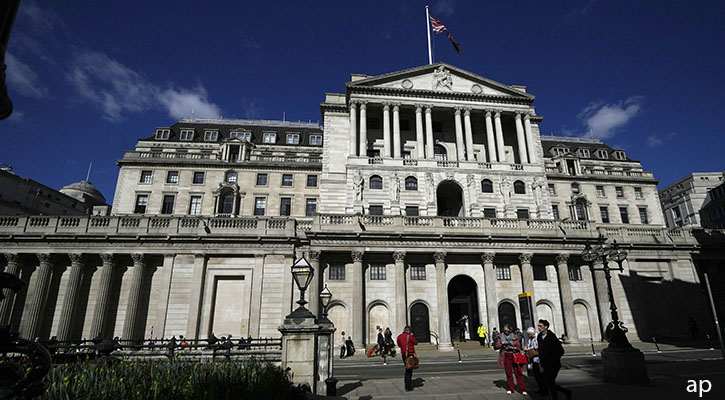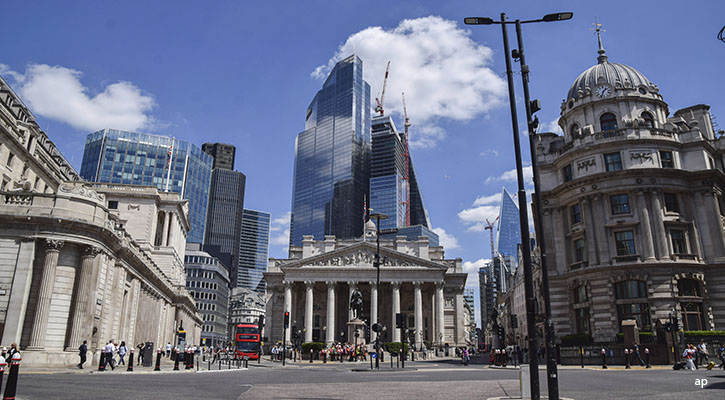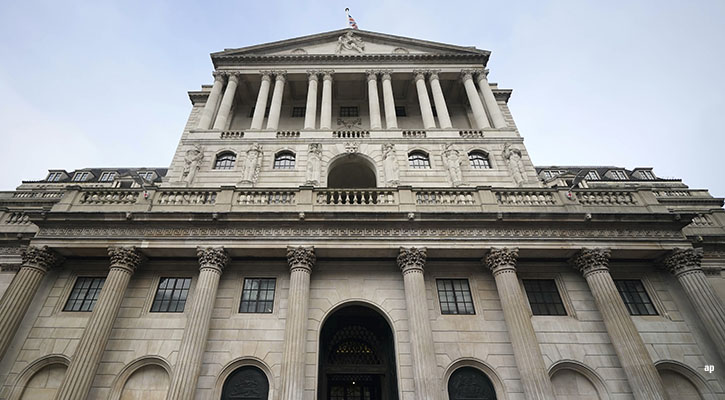Financial markets widely expect an interest rate hold by the Bank of England on June 20 Monetary Policy, but what if they’re wrong? A surprise cut is likely to have ripple effects across the stock, bond and currency markets.
Futures trading implies the chances of a rate cut next week are around 5%, with August the next likely date for a change in monetary policy. If there is indeed a rate cut this year, it is likeliest to occur on November 7, overnight index swaps currently suggest.
And next week’s Bank meeting is the last before the upcoming UK general election, which has further aided the case for caution.
As an institution, the Bank of England is independent of government policy, and has been since 1997. Though its aim is to reduce inflation to its 2% target, it must also be wary of appearing to assist an incumbent government staking its ongoing electoral chances on lower inflation – and cheaper money.
But the Bank of England, despite its recent caution, still has the capacity to surprise the markets, and there is disagreement between traders and economists about next week’s decision.
Markets Have Been Wrong on Rate Cuts Before
Another reason to be wary of the doves is the BoE’s own history of wrong-footing investors.
Back in December 2021, when it was making its initial efforts to contain an inflationary surge in the real economy, the MPC voted for a 0.15 percentage point increase in the base rate to 0.25%.
Markets were not expecting this. At the MPC’s November 2021 meeting, committee members voted against an increase. With the benefit of hindsight, onlookers may now say the BoE was slow off the mark in attacking inflation.
Readers with longer memories may also recall the infamous “unreliable boyfriend” moniker given to former BoE governor Mark Carney – after Labour MP and former Treasury Select Committee member Pat McFadden accused the Canadian financier of giving mixed signals to savers and investors about the Bank’s intentions in 2014. Carney talked over many BoE meetings about the possibility of rate increases, but these never materialised. So-called “forward guidance”, where the Bank signalled its future intentions, was quietly scrapped.
Carney’s successor, Andrew Bailey, has been extremely careful to avoid such accusations. The current mantra for central bankers is “data dependency”, which means that policymakers are reactive to the monthly numbers on inflation, wages, jobs and economic conditions.



